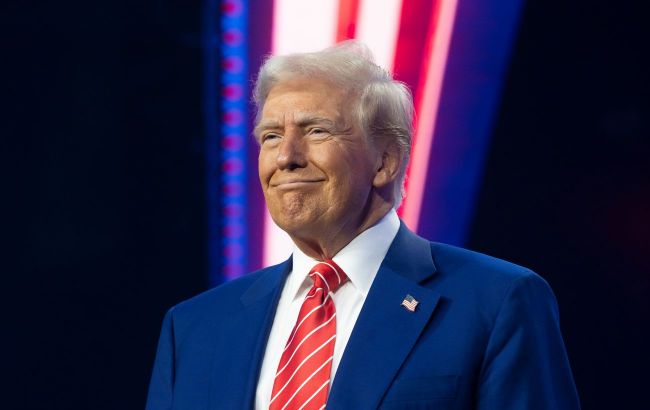Government shutdown in the US: Who's affected and how Ukraine could feel the impact
 Photo: US President Donald Trump (Getty Images)
Photo: US President Donald Trump (Getty Images)
On September 30, the White House announced that the US government would shut down, as the Senate did not support the Republicans’ bill on temporary funding until November 21.
RBC-Ukraine explains what a shutdown is and how it will affect the United States.
Key questions
- What is a shutdown?
- What does it mean for the US?
- Will it affect Ukraine?
What is a shutdown?
A shutdown in the US is a partial suspension of government operations that occurs when Congress does not pass a budget or temporary funding. As a result, government institutions are left without funds for their activities; some government employees are placed on unpaid leave or work without pay until funding is restored. Critically important services, including the military, police, healthcare, border control, and air traffic controllers, continue to operate.
A shutdown usually arises from political disputes between Congress and the White House over budget expenditures or specific programs. The longer the blockage lasts, the greater the economic and social consequences: from delays in salary and benefit payments to disruptions in the work of government agencies and risks for the economy.
For the US, this is not a new phenomenon, as since the late 1970s, there have been more than 20 shutdowns of varying lengths. The longest US government shutdown took place in the winter of 2018-2019 and lasted more than 35 days. It occurred during Donald Trump’s first term and was caused by disputes over funding border security measures.
The latest US shutdown officially began at 7 a.m. Kyiv time, when midnight struck in Washington on October 1.
What Republicans want
The Republican Party, which currently controls both the House of Representatives and the Senate, has already achieved a number of successes in budgetary matters this year. In particular, in July, the so-called One Big Beautiful Bill Act was adopted.
The document increased spending on defense and immigration control but reduced funding for green initiatives and other Democratic priorities. It included significant cuts to the Medicaid health insurance program for low-income people and the disabled in order to finance tax breaks, directed mainly at wealthy Americans.
Republicans also supported White House initiatives to return funds already approved by Congress for foreign aid and public broadcasting, even though this limits the constitutional powers of lawmakers in the spending sphere. At present, they say they are ready to vote for a temporary resolution that would allow funding to continue at the current level until November 21. According to Republicans, this would give additional time for negotiations on a full-year agreement.
What Democrats want
Although Democrats are in the minority, their votes are decisive in the Senate, where 60 out of 100 votes are needed to pass most bills. That is why Republicans need the support of at least seven Democrats to move forward with budget decisions.
This time, Democrats are using their influence to demand the permanent extension of expanded health insurance subsidies for those who purchase a policy through the Affordable Care Act (ACA). If these benefits expire at the end of the year, healthcare costs will sharply rise for millions of Americans. According to the Kaiser Family Foundation, about 24 million people are currently insured through the ACA.
In addition, Democrats are seeking to include in the funding bill a provision that would prohibit Trump from ignoring ACA norms or blocking funds.
They also want to repeal a number of restrictions adopted in the One Big Beautiful Bill Act, which, according to the Congressional Budget Office, could provide health insurance to another seven million Americans by 2035, but at the same time would increase government spending by $662 billion over the next decade.
Republicans, meanwhile, insist that the issue of extending tax breaks should be considered separately and accuse Democrats of trying to use the temporary bill to extend ACA subsidies even to illegal immigrants.
What consequences may be for Ukraine
A shutdown may have only indirect consequences for Ukraine. With Trump’s return to power, no new support programs for Kyiv have been launched.
Weapons supplies continue under the PDA and USAI programs, launched during Joe Biden’s presidency. They are implemented using previously approved funds, but there are no new large-scale appropriations at present.
Currently, Ukraine also receives weapons through the PURL program. It provides for the supply of weapons purchased for Kyiv by European allies, both from their own stockpiles and directly from US manufacturers. This process is coordinated by the US Department of War.
Read more in the RBC-Ukraine article on whether the shutdown will have a noticeable impact on military aid.
Sources: Sky News, The Guardian, and others.

